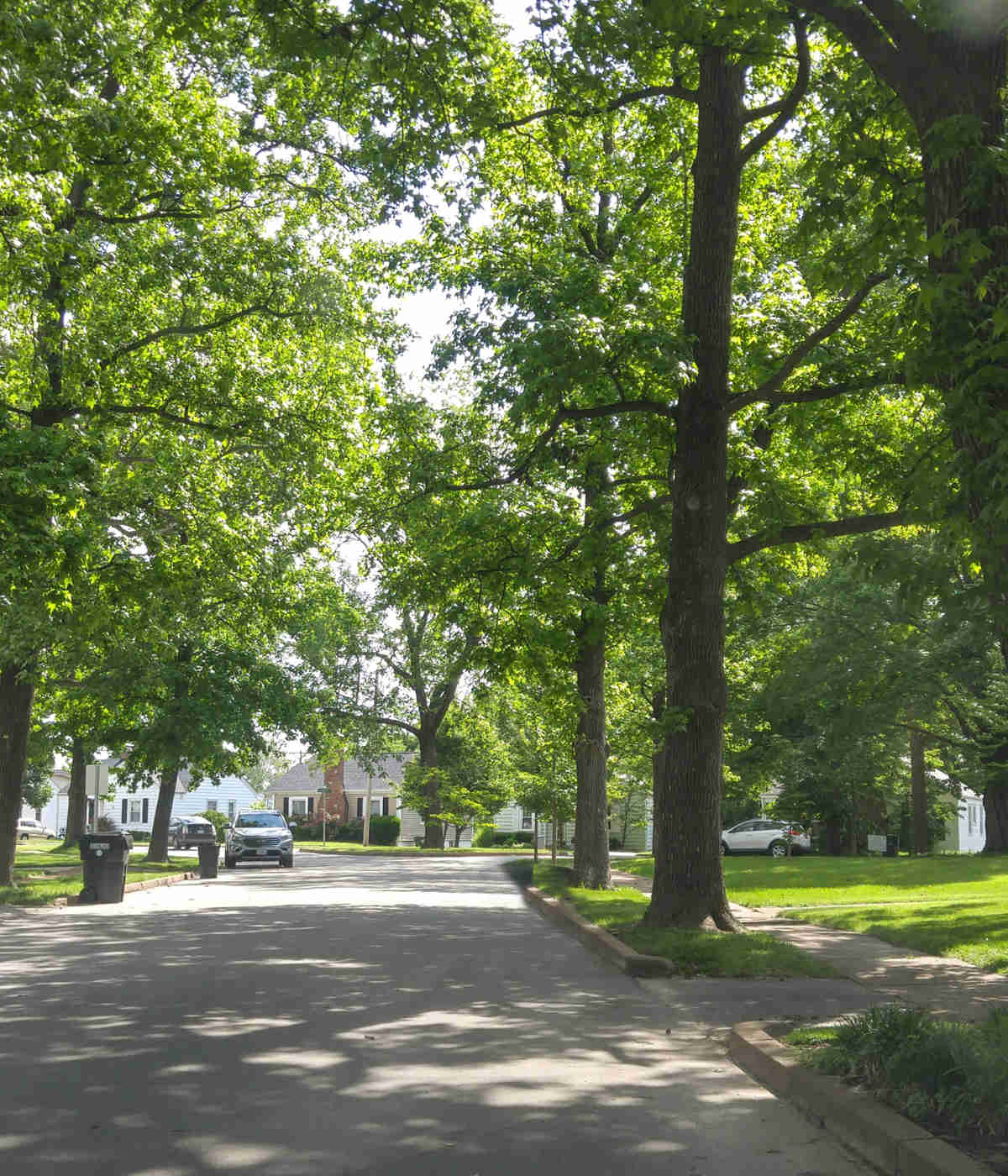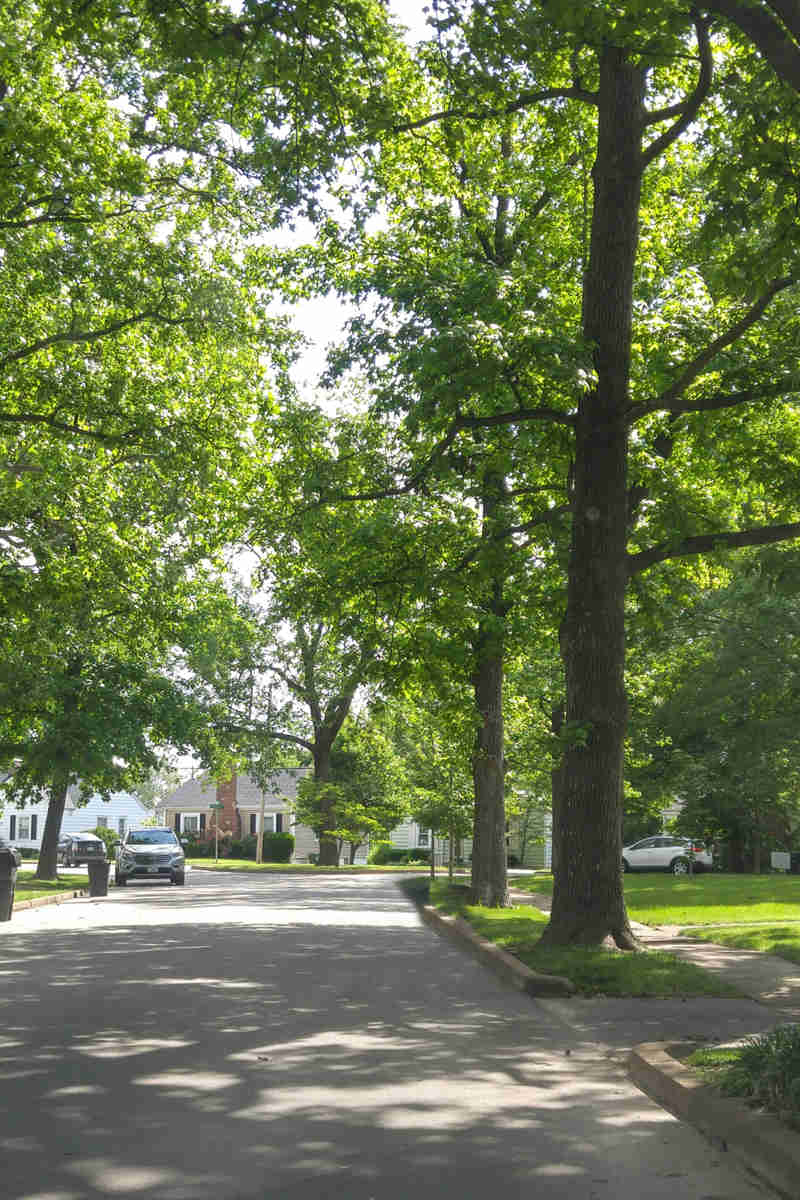Nothing says game day like a crisply lined field, with bright white lines and your team’s colors shining for everyone to see. But before the teams take the field, there’s work to be done behind the scenes to make it all happen. Regardless of whether you have a natural surface (grass, dirt, etc.) or a synthetic one (field turf), making sure it’s maintained and ready for competition is essential. Find out what your facilities need to look their best for every sport, every season.
Nail The Fundamentals
For natural surfaces, maintaining healthy grass is critical to maximize both aesthetics and playability. Find the best grasses for your geography by checking the USDA Hardiness Zone Map to see if you need warm or cool-season grasses.
Ensure your turf is healthy by following best practices like proper watering – 1-1.5 inches per week and focusing on deep watering rather than infrequent smaller doses. Water in the early morning to prevent evaporation, fungus, etc. and fertilize on schedule depending on variety of grass. Mow consistently, removing only 1/3 of total height, alternate patterns to reduce compaction and prevent wear paths.
Synthetic surfaces have their own set of best practices, and despite the reputation, artificial turf requires regular maintenance to look and play its best. Be sure to clean the surface regularly – remove debris, brush the surface weekly to prevent matting, clean spills immediately to prevent stains, and wash the playing surface periodically to remove dust and contaminants.
In addition to regular cleaning, monitor infill levels regularly and redistribute if necessary – and be sure to replace every 5-8 years depending on usage. Field managers should check the seams for separation and monitor for tears. Another key maintenance aspect for synthetic fields is to inspect drainage systems as they can get clogged with infill material. Finally, field managers should apply antimicrobial treatments regularly, especially for multi-sport surfaces.
Game Day Preparations
Long before the teams take the field, the prep work lays the foundation. Field managers should be sure to mow 24-48 hours in advance, incorporating striping to increase aesthetics. You can also lightly irrigate, if necessary, as long as there’s enough drying time to not affect playability. Conducting a final turf inspection and addressing sensitive areas like divots and depressions is an important detail to remember as well.
Finally, marking lines and boundaries for the appropriate sport, placing equipment like goals and pylons, and making sure there’s a quick-repair supply at hand – sand, seed mix, hand tools, etc. – will have your field ready for action.
For synthetic surfaces, be sure to deep groom fibers to ensure they’re standing straight, not compressed or laying down, and check infill levels, smoothing out low or compacted areas. It’s also important to test for g-max if possible, to maximize safety for athletes. Placing equipment and keeping things like infill material, brushes and seam repair tools will round out your prep work.
Post-Game Rehab
Just like the players, your turf needs a little TLC after the game too. Removing field equipment, repairing divots and worn areas in high-wear areas helps natural turf recover after the abuse of a game. Top dressing, seeding and recovery treatments can also help your grass stand up to the rigors of the season. Synthetic turf surfaces should be inspected for damage and repaired as soon as possible, as well as brushed to redistribute infill after use.
When it comes to showcasing your teams and your programs, the condition of your sports fields can send a great message. Great-looking playing surfaces are what the fans remember, what players depend on, and what can make or break your image as a facility. Ensure your teams are in good hands by choosing a partner who’s as committed to quality and success as you are.



